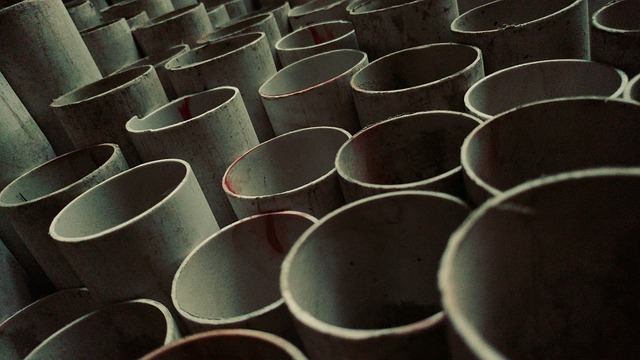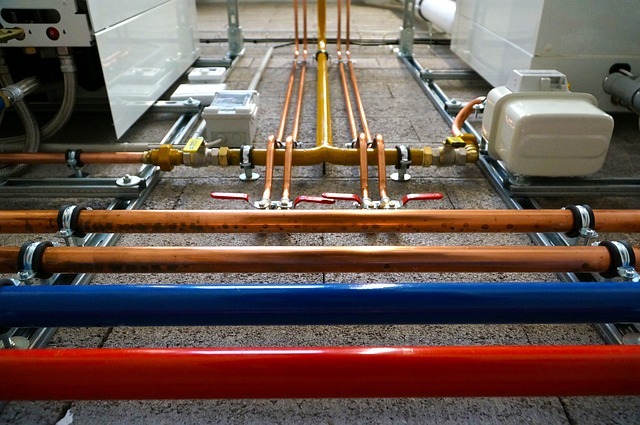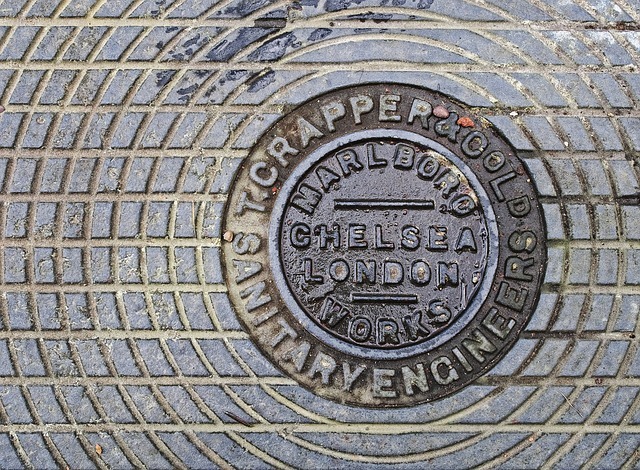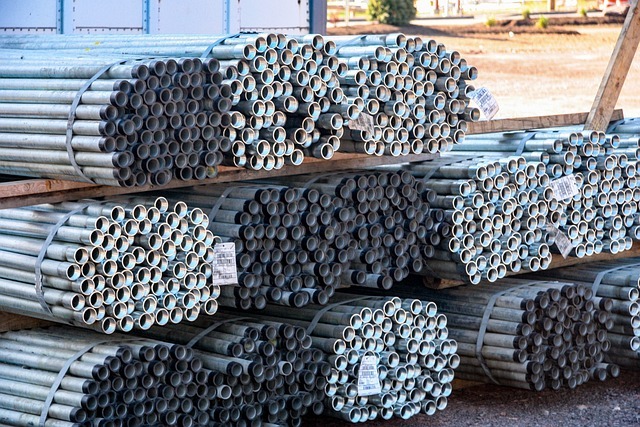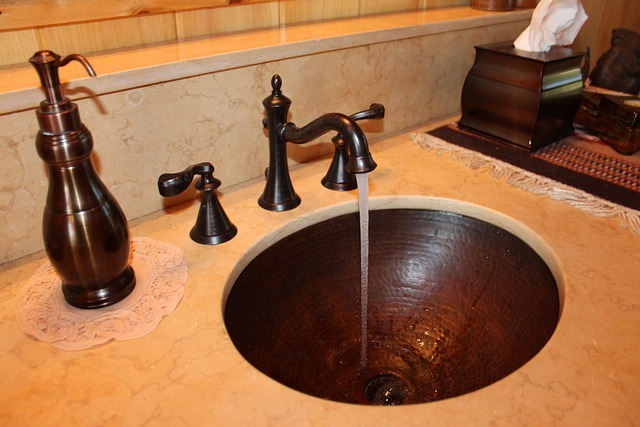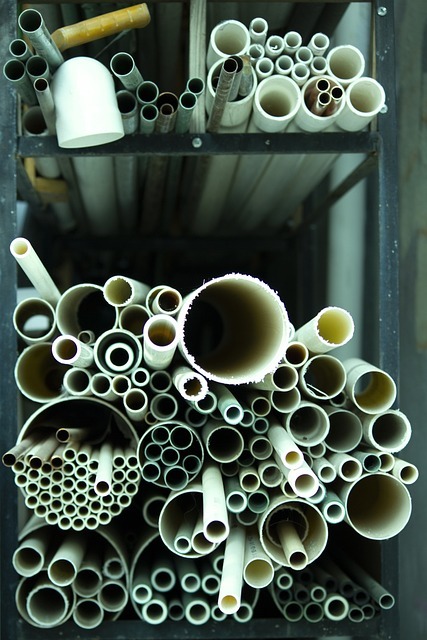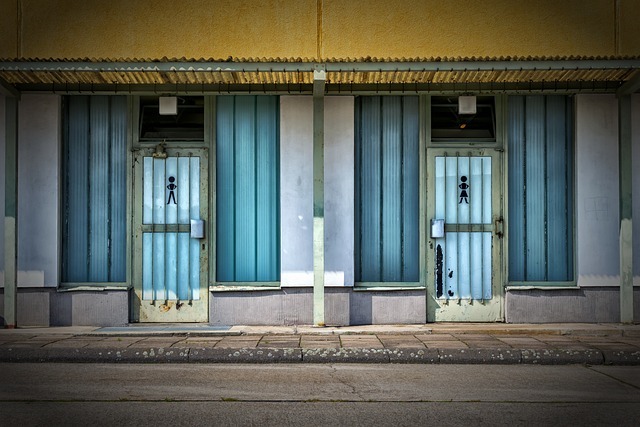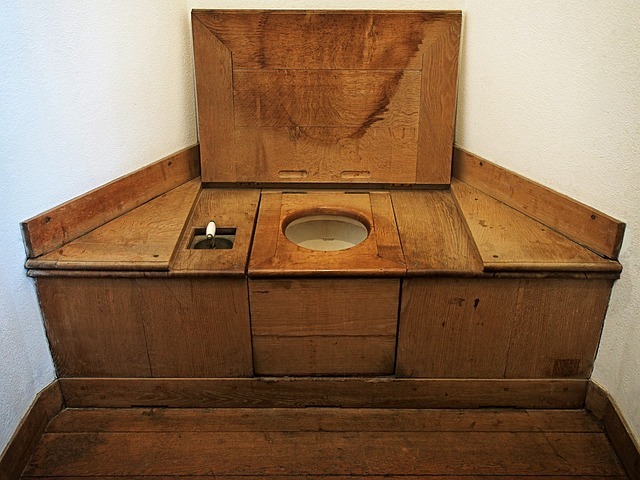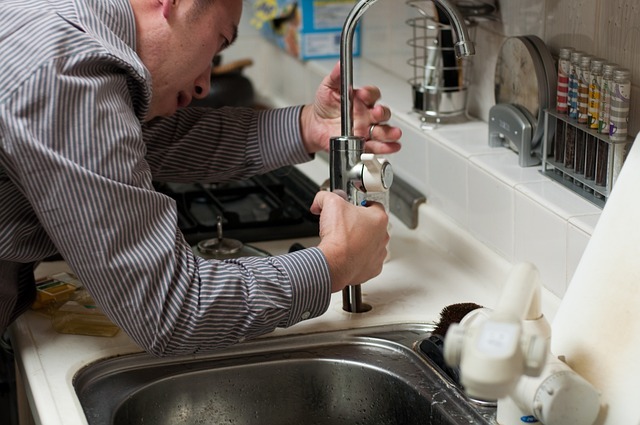
How much do you really know about plumbing? Are you looking to improve your plumbing system? Describe your current skill level. Can you unclog a toilet? What about fixing a water leak under the sink? If you are not sure, look at these tips.
If your toilet gets clogged, there is a low level of water in toilet, and the plunger is not working, you may fix the problem by dumping warm water from a bucket into your toilet from about waist level. Repeat this as many times as necessary until your clog is gone, and you can flush normally once again.
A strainer should be placed over all the drains in order to gather particles that would just get in the drain and potentially cause stoppage. Clean debris from these strainers after each use. The bathtub strainer will prevent hair from clogging up your drain.
If your house uses well water and there are orange or pink stains in tubs or sinks, it’s because of the iron level in the water. A water softener can cure this problem and can be installed by you, or you may opt to have a professional to come and install it for you.
Overflow Holes
Check your fixtures to ensure the overflow holes are clear of debris and mineral build-up. These overflow holes are present in case of a clog or overfilling. It may seem unlikely as a problem now, but the necessity is there. Periodically clear out the overflow holes when doing your other checks for things that may need repaired.
Flush your drain with a constant stream of cold water when operating your drain mounted disposal unit. Cold water helps the blades stay sharp and keeps the disposal running smoothly. Don’t use hot water while running the garbage disposal. Hot water converts the grease in your trash to liquid form. When the liquified grease goes down the drain, it clogs the pipes.
If you notice water draining into your dishwasher, check how the kitchen sink hoses are installed. The hose from your sink to your dishwasher needs to go upward before going back down so that there is no mixing between fixtures.
Make sure to clean out the dryers lint trap. This can prevent fires and malfunctions. See to it that you look at the lint trap and find out if it has tears or holes in it that could cause lint to go inside your pipes. This could lead to clogs or other problems in the future.
Frozen Pipes
If you have frozen pipes that can be a very costly repair. Fortunately, frozen pipes are easy to prevent. First, insulate your outside pipes well. When it is cold outside make sure you bring in your hoses or at least drain them. A bit of prevention prevents a costly plumbing bill.
If you’re removing clean out plugs and you’re unsuccessful, you can use two methods to do it successfully. The first one is to use a hammer and chisel to attempt loosening the fitting. You can also chisel into the plug.
Do this little test to investigate whether your toilet leaks. A simple way to check this is to put a few drops of food coloring into the toilet tank. Watch the bowl, and if you see colored water within a few seconds, you know that you have a problem that needs to be handled soon.
If you start to have sewage backup inside your toilet, it is because of blockage that is inside the branch line which connects the sewage line and the main line. A professional can help if you can’t clear the problem yourself. They will use a plumbing snake to get rid of the clog.
When it gets cold out, ensure that your faucets outside aren’t dripping or leaking. If they are, it is important to have all repairs completed before the temperatures drop below freezing. Both plastic and metal pipes are susceptible to bursting when they freeze. It does not take a very large break in a plumbing line to leak water in sufficient quantities to cause serious damage to your home, either.
Take the time to ensure that everyone in your family knows how to cut off the water from the valve in your home. Where the water enters from the main line, should be a meter for tracking water usage. Toilets, sinks and other fixtures could have their own valves that cut off. Inform all the members of your family where they can find the valve, and also show them how to shut them off if they are leaking.
Because people are often ignorant of what plumbing involves, they’re happy to pay whatever price a plumber asks of them. If you own your own home, then you must learn what you need to know what the professional will be doing. The more you know, the less likely you’ll be likely to get ripped off.
Be very careful when you are selecting drain cleaners. Many of these cleaners contain harsh chemicals that can corrode pipes. Choose a brand that claims to be easy on pipes. Most are quite caustic, and some can be harmful if you have a septic system.
Don’t just throw any old hot water tank into your water heater. Match the tank size with the heater for maximum efficiency. In order to determine what capacity hot water tank you need, take into consideration how many people and appliances in your home have a demand for hot water.
Have you gained valuable information about plumbing? Do you now understand what system your house has? Are your skills better? Can you use components to your plumbing system now? Are you knowledgeable when it comes to using plumbing tools safely? Hopefully, the hints and tips that you were given have enabled you to respond more positively to most or all of these questions.
